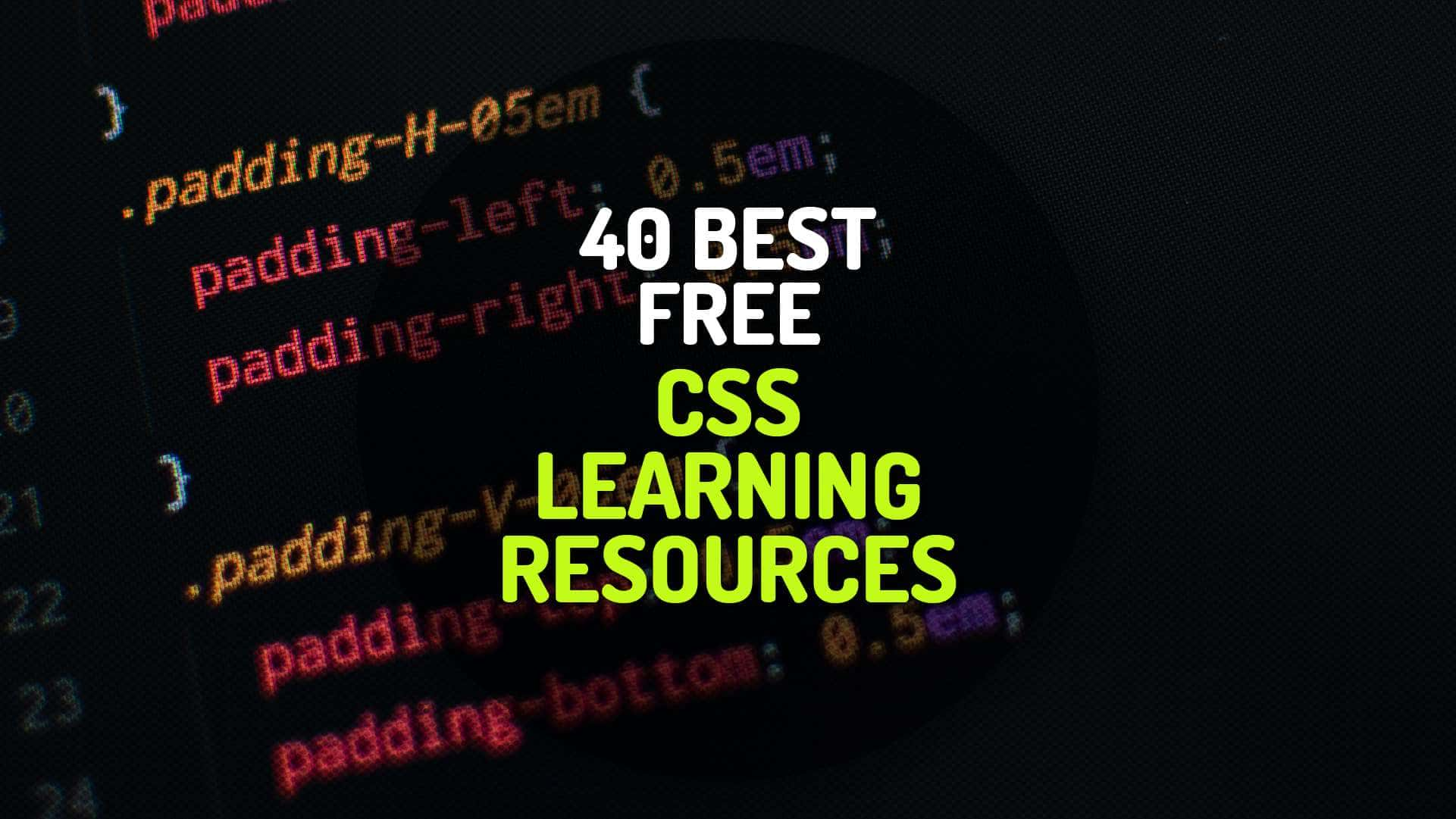This book presents the subject of Compiler Design in a way that’s understandable to a programmer, rather than a mathematician. My basic premise is that the best way to learn how to write a compiler is to look at one in depth; the best way to understand the theory is to build tools that use that theory for practical ends. So, this book is built around working code that provides immediate practical examples of how given theories are applied.
I have deliberately avoided mathematical notation, foreign to many programmers, in favor of English descriptions of the theory and using the code itself to explain a process. If a theoretical discussion isn’t clear, you can look at the code that implements the theory. I make no claims that the code presented here is the only (or the best) implementation of the concepts presented. I’ve found, however, that looking at an implementation-at any implementation–can be a very useful adjunct to understanding the theory, and the reader is well able to adapt the concepts presented here to alternate implementations.
The disadvantage of my approach is that there is, by necessity, a tremendous amount of low-level detail in this book. It is my belief, however, that this detail is both critically important to understanding how to actually build a real compiler, and is missing from virtually every other book on the subject. Similarly, a lot of the low-level details are more related to program implementation in general than to compilers in particular.
One of the secondary reasons for learning how to build a compiler, however, is to learn how to put together a large and complex program, and presenting complete programs, rather than just the directly compiler-related portions of those programs, furthers this end. I’ve resolved the too-many-details problem, to some extent, by isolating the theoretical materials into their own sections.





